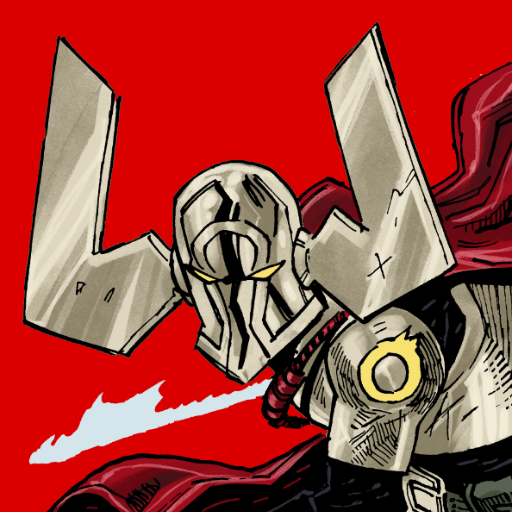February 1838. 18-year-old Jane Alsop is startled by hammering at her door. A man outside shouts that he’s a police officer and requires a lamp. Jane’s light reveals the caller for what he really is: Spring-Heeled Jack. The Terror of Old London Town.
——
The entity we now call Spring Heeled Jack first made its self known late in the summer of 1837 when a curious shape changing creature – reported variously as an imp, a white bull, a ghost, an armour clad man and a bear – terrorised the satellite villages of the capital. By January 1838, these reports had grown so numerous that the then Lord Mayor of London, Sir John Cowan, convinced that pranksters where to blame, vowed that those responsible would be caught and punished. London was in the grip of a sort of mass hysteria with the thing – now christened Spring Heeled Jack because of the immense leaps it seemed capable of – being sighted all over the city, yet somehow always evading capture.
It was at the height of this panic, on the evening of the 20th of February 1838 that an eighteen year old girl by the name of Jane Alsop was startled by a furious knocking at the door of her family home in the district of Bow. Jane answered the door to an excited gentleman who claimed to be a police officer. He breathlessly informed the young lady that he believed he had successfully apprehended non-other than Spring Heeled Jack himself and implored her to fetch a lamp. When Ms. Alsop returned however, the lamp’s light revealed the caller’s peculiar attire “he was wearing a kind of helmet, and a tight fitting white costume like an oilskin. His face was hideous; his eyes were like balls of fire. His hands had claws of some metallic substance”.
The man attacked Jane, tearing at her clothes with his talon-like hands but vanished into the night when, alerted by her screams of terror, members of her family came to her assistance. In a statement given to the Lambeth police Jane swore that the caller had “vomited blue and white flames” during the assault.
Only five days later another eighteen year old girl, this time named Lucy Scales was walking with her sister on their way home from visiting their brother. As the women travelled along the thoroughfare known as Green Dragon Alley a figure sprang from the shadows and attacked Lucy, apparently breathing fire into her face. The assailant then strolled calmly away as Lucy’s sister tried desperately to tend to her sibling, calling out for help from anyone who might hear. Lucy was rendered insensible by the attack and fell into violent spasms which lasted several hours.
These reports and others like them cemented Jack’s reputation as a kind of fiendish cultural icon for the new Victorian age, a position which he held up until his more vicious namesake Jack the Ripper began his reign of terror. Penny Dreadfuls, the day’s version of pulp fiction magazines, telling of the phantom’s exploits were published and plays bearing his name were staged in many of the city’s fleapit theatres. Soon however, the attacks became less frequent and slowly but surely Spring Heeled Jack faded from real life terror to urban myth. Over the next few decades periodic sightings of the entity came from as far afield as Sheffield, Northampton and Lincolnshire. On one occasion he was even shot by a soldier when he appeared at an army barracks in Aldershot, the bullets apparently having no adverse effect.
Jack still crops up now and again; most recently in South Herefordshire during the late 1980s when a Mr. Marshall was slapped by a strange, jumping figure that bounded away across open fields cackling after the attack. Nearly two centuries since Spring Heeled Jack’s first appearance, it seems we are no closer to solving the mystery of who or what it actually is.

